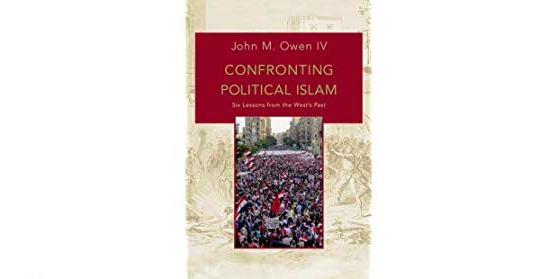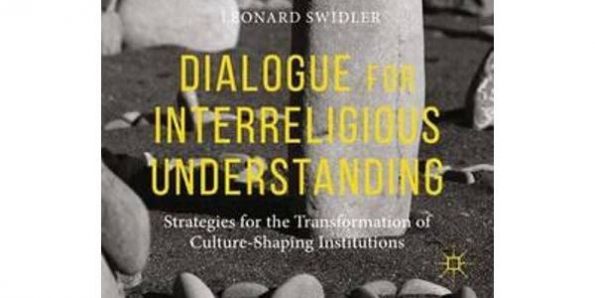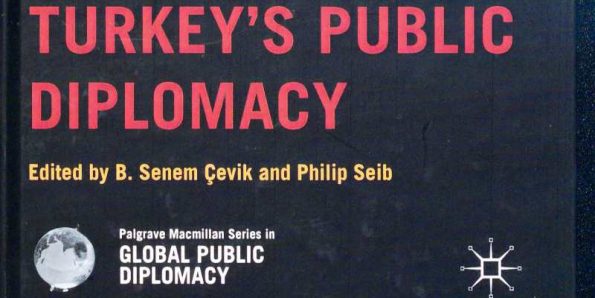
To Download click here.
How to Cite:
ROOSE, J. M. (2018), ‘BOOK REVIEW: Confronting Political Islam: Six Lessons from the Wests Past’, Journal of Global Analysis, 8(1): 94-96.
John M. Owen IV
Confronting Political Islam: Six Lessons from the Wests Past
(Princeton New Jersey, Princeton University Press, 2015, ISBN: 978-0-691-16314-7, 216 pp. £18.95.)
It speaks to the rapid rate of contemporary political developments that readers of John M. Owen IV’s 2015 book Confronting Political Islam: Sex Lessons from the Wests Past are already able to test his lessons against an entirely new and unforeseeable combination of global events. These include the emergence of the Islamic State movement in Iraq and Syria and the role played by Western born fighters, the collaboration between Russia and Syria to defeat Syrian rebel groups, the significant escalation in jihadist attacks, particularly across Europe, the failed Turkish coup attempt and European refugee crisis, in which the faith of refugees is central to western concern. Most recently, we have seen the election of a US President determined to combat ‘radical Islamic terrorism’ as a primary element of his administration’s foreign policy. This book is both ambitious and expansive, seeking to draw upon the Wests own deep (and dark) history of religious conflict to understand the challenges of contemporary political Islam.
In the introductory chapter, Owen stakes out two key claims. The first, that understanding political Islam requires a deeper engagement with its historic struggle with secularism. The second, that understanding the nature of the ‘Islamist-secularist’ struggle (for Owen the most significant contemporary struggle) requires an understanding of the origins, dynamics and outcomes of other ideological struggles in the Western world.
Owen outlines the six primary lessons of the book, upon which subsequent chapters are based, commencing with ‘Don’t Sell Islamism short’ (chapter one). This chapter draws on historical interpretation of the Catholic-Protestant struggles of the 16th and 17th centuries and the significant challenges faced in democratic systems post the Great Depression including the alternate popular appeal of fascism (in contrast to democracy) as evidence that Islamism will remain a feature of the political landscape.
The second lesson is that ‘Ideologies are not (usually) monolithic’ (chapter two). Owen deploys the analogy of the ‘fox and the hedgehog’ as an analytic device (hedgehogs create ‘master principles’ to shape decision making, foxes hold many, often contradictory ideas). The result of this in application to contemporary Islamism is Owens call for a nuanced, more foxlike engagement that is pragmatic, working with whomever shows themselves a potential ally.
The third lesson that Owen wants us to consider is that ‘foreign interventions are normal’ (chapter three). Drawing on examples across the spectrum ranging from the British intervention in France during the revolutionary era through to the Ottomans and post-war Europe, Owen wants us to consider the global dimension of political Islam and its complexity.
The fourth lesson is that a state may be both rational and ideological at the same time (chapter four). The point of this chapter is that while states may appear to be acting irrationally, this very often isn’t the case once their ideological principles and goals are understood. In relation to political Islam (as broadly conceived, for there is no definition within the book), this suggests that nations such as Iran are indeed understandable and even potentially predictable.
The fifth lesson (chapter five) the book seeks to impart is that the ‘victor’ may be neither what Owen terms ‘Democratic Capitalism’ nor Islamism is their current forms. Drawing on a comparison to the mechanisms through which the Dutch rose to ascendance in Europe through religious tolerance in the 17th and 18th centuries, Owens considers three possible outcomes, the first, victory by either democratic capitalism or Islamism over the other, the second, a transcendence of the primary elements of the perceived confrontation over time based on tolerance and resulting in the development of trust, and finally, convergence, resulting in a ‘hybrid regime and ideology’ (p.127).
The sixth and final lesson of the book is titled simply ‘Watch Turkey and Iran’ (chapter six). To Owen, these states serves as exemplars of different trajectories of political Islam. Iran is an exemplar of Islamism and Turkey an exemplar of the “Islamist-Secularist’ hybrid. Owen counsels the reader to watch both, as well as Egypt, to ‘predict’ which form of governance and statehood is likely to predominate into the future.
Confronting Political Islam concludes (chapter seven) by considering what America should or should not do in the Middle East. Owen urges flexibility, pragmatism (‘not hoping for too much’) and maintaining ideological consistency by preserving the example of democracy while quietly assisting Muslims to achieve this in their own countries.
The book is very timely and offers significant food for thought for both scholars and policy makers alike, irrespective of whether the reader necessarily agrees with the intellectual framing or generalized approach.
Owen outlines almost immediately that the book is ‘not a work of rigorous social science’ (p.25) but rather based on similarities between contemporary developments with political Islam and historical examples of religious conflict. By Owens own admission, the book proposes no solutions. All of this is of course perfectly acceptable, for the book achieves its basic aim of generating a broader historical contextualization of contemporary challenges. The work does however have some limitations that undermine any further substantive conclusions that may be drawn.
Apart from a critical failure to define ‘political Islam’ or to even delve into the key debates about the concept, the most significant challenge to the books potential applicability is its conflation of political Islam with the Middle East, overlooking the very simple fact that the majority of the worlds Muslim’s live outside of the region. Indonesia, the world’s largest Muslim majority nation and a nation in which the history and complexity of colonialism and unique approach outlined in Pancasila offers valuable insights into a nascent democracy that prioritizes religious values and has constantly bubbling Islamist tensions. This of course is not to mention the largest Muslim minority in the world in India and Muslim nations of South Asia such as Pakistan and Bangladesh or African nations such as Nigeria and Somalia. All have histories of colonization that provide valuable insights into the nature of political Islam, yet these are excluded almost entirely. Furthermore, valuable lessons may also be learned in examining how other non-Western regimes have engaged with political Islam (broadly speaking), such as China.
The primary strength of Confronting Political Islam is the questions it forces us to ask. How can the foreign policy and diplomatic community make sense of the enormous diversity within Islam and tailor state policies to achieve optimal outcomes when dealing with Muslim majority nations? How will political Islam, in its many manifestations evolve and take shape over the next five years, decade or century? In the context of contemporary developments these are vital questions to ask and Confronting Political Islam makes a valuable contribution to this end.
Dr Joshua M. Roose
Director of the Institute for Religion, Politics and Society
Australian Catholic University
[email protected]



